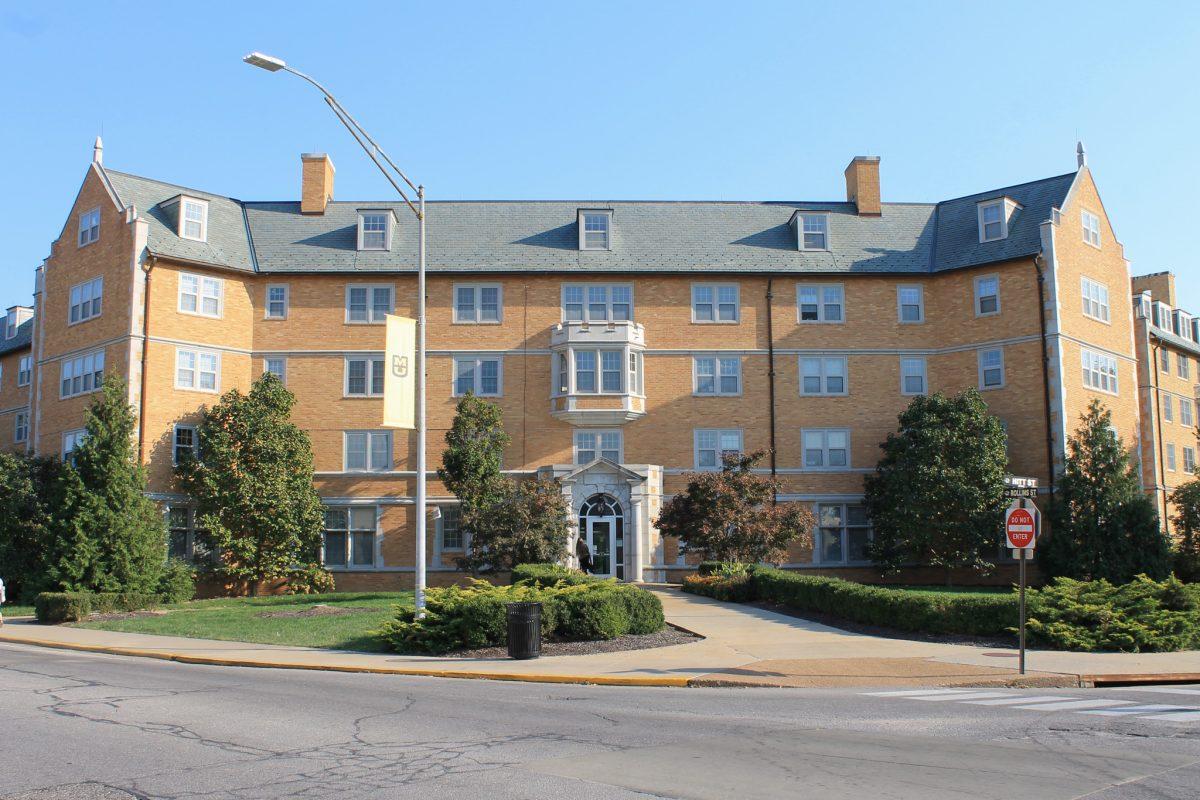Accomodations were necessary to welcome MU’s largest first-year class, but there are other more long-term solutions to the problem.

In the past, the University of Missouri had a 2018 first-year student class of 4,673 and a 2023 first-year student class of 5,150. Recently, those numbers have risen significantly. At the start of the 2024 academic year, MU welcomed a total first-year student population of 5,983, a 16.1% increase since 2023.
Due to this massive influx of first-year students, multiple accommodations were needed to ensure housing for all of MU’s students. Included in these accommodations were converting a former Sigma Sigma Sigma sorority house on Rollins Street into a dormitory, modifying double rooms to become triple rooms, contracting UCentre (an off-campus apartment complex) for the overflow of students and converting study rooms by adding beds and clothing racks to act as closets.
MU is overcrowded and it is impacting living arrangements. Though ensuring living arrangements for nearly 6,000 new students can prove challenging, this problem does not have to be as large as it is.
As a rule, students are required to live on-campus for at least their first year of schooling. However, Columbia residents living within a 60-mile radius of the city have the option to live at home as a first-year student by filling out an exemption form through the student’s housing portal.
While students may take this chance to start living independently and gain the full college experience, MU could have temporarily sacrificed the option for Columbia residents to live on campus so more students moving from across Missouri and out-of-state had a concrete chance of living in a residence hall. MU could have mandated that first-year students who are also Columbia residents live at home their first year or rent an off-campus apartment to allow more residence hall openings for students moving from further away.
Historical enrollment statistic trends show MU’s first-year student population increasing and according to ABC 17, the number of applicants will only continue to rise before there is another drop. This asks the question of how those students will be accommodated. There are only so many apartments to contract, study lounges to convert and former sorority or fraternity houses to flip.
Residence halls such as Hatch and Schurz have eight floors while others such as Johnston and Central have three or four. It could be in MU’s best interest to invest in adding more floors to a select number of halls so there is enough space for student lodging. The sum of the 2024 budget for MU’s investments and renovations equals approximately $115.7 million. Adding a few more floors could be within the budget and would increase lodging space for students — ultimately preventing the campus from expanding outward and utilizing campus grounds efficiently.
There are potential solutions for MU, should the first-year student population continue to grow. Students should not have to live in rooms not meant to be lived in or be told there is no more space in the residence halls for them. MU prioritizes student activity and well-being, but more steps can be taken regarding housing to help ensure this. Students deserve to feel seen and that there is space for them on campus.
Edited by Preston Smith | [email protected]
Copyedited by Claire Bauer and Hannah Taylor | [email protected]
Edited by Annie Goodykoontz | [email protected]